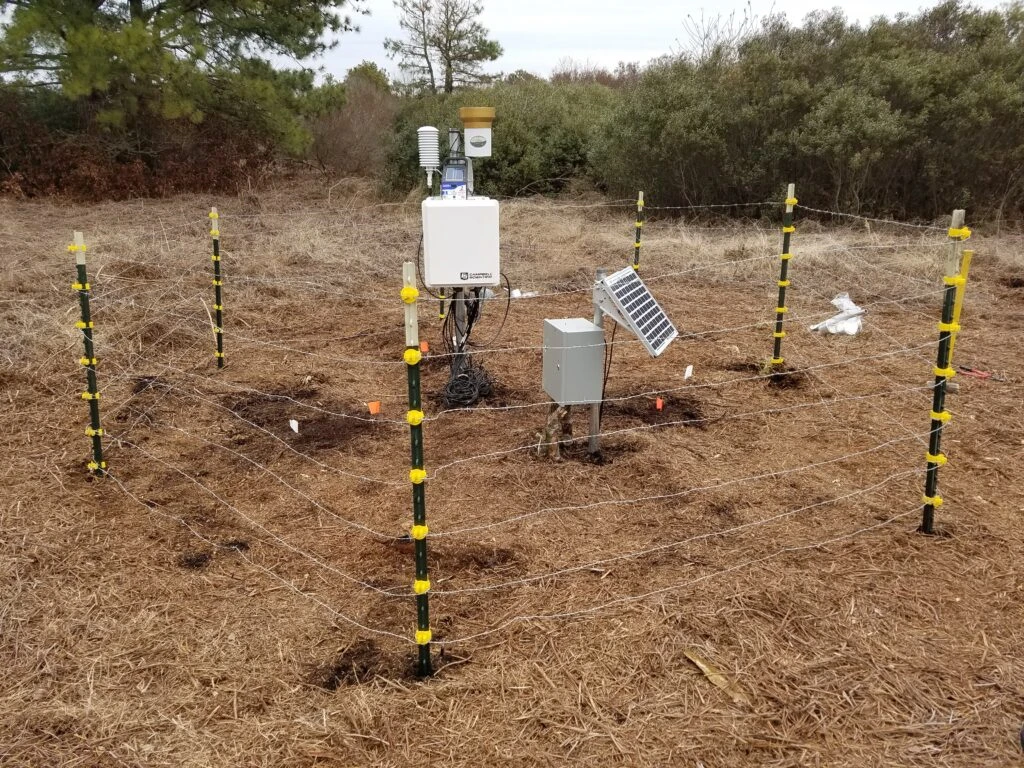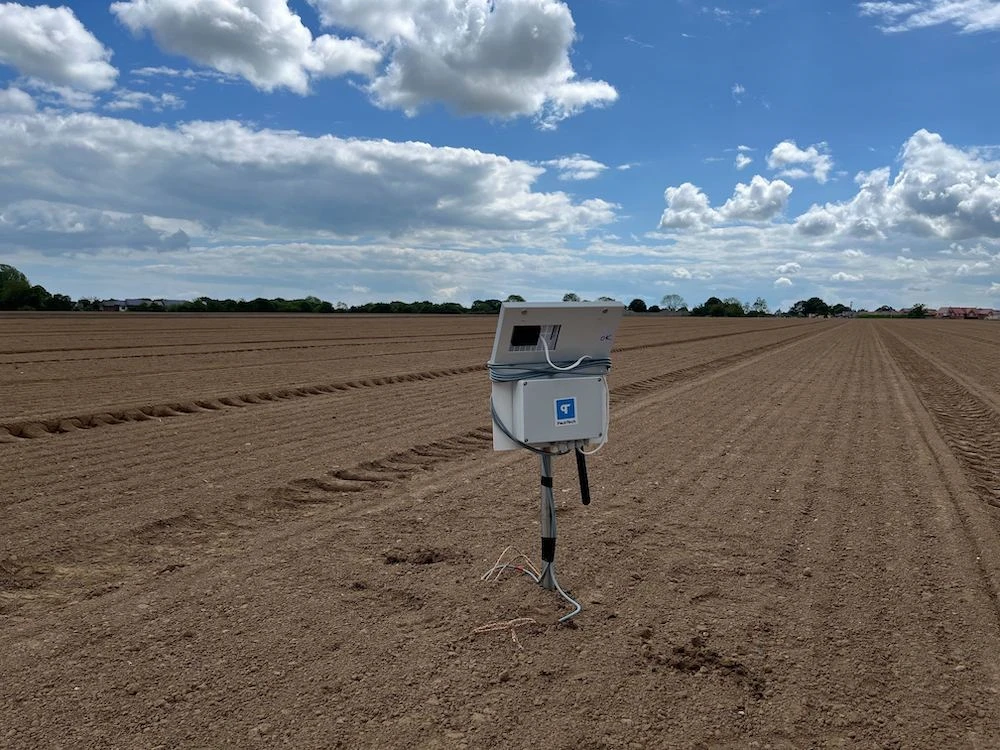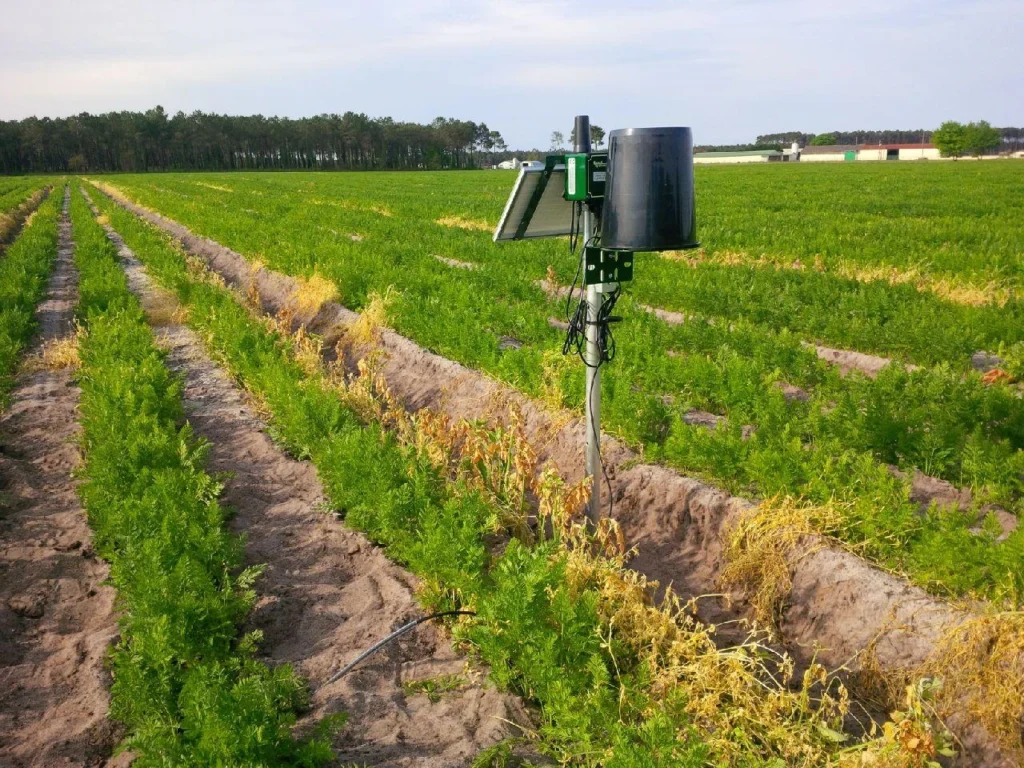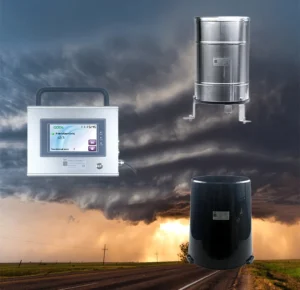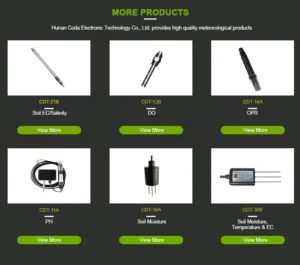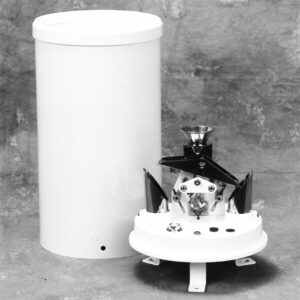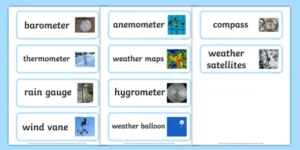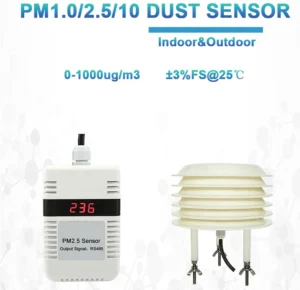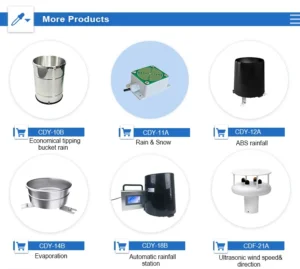Soil Moisture Sensors and Monitoring Stations
In today’s farming, it is very important to manage soil moisture. It helps grow more crops, use resources wisely, and keep the environment safe. Soil moisture sensors and soil monitoring stations are advanced tools.
They help track moisture levels in real-time. This data gives farmers and agricultural experts useful insights. These insights help them make better choices.
This discussion looks at how soil moisture sensors work. It also highlights the important roles of monitoring stations in agriculture.
**Understanding Soil Moisture Sensors: Principles and Key Attributes**
Soil moisture sensors are key to precision agriculture. They check how much water is in the soil. They give reliable data that is important for managing water and nutrients well.
**How Soil Moisture Sensors Work**
Soil moisture sensors mainly measure how much water is in the soil. This value is closely linked to the amount of water in the soil. The dielectric constant is influenced by factors such as moisture, conductivity, and soil structure.
When you place the sensor’s probe in the soil, it sends out signals. Then, the reflected response is analyzed. The sensor uses built-in algorithms to create accurate moisture data.
Better models enhance performance by measuring how well soil conducts electricity. This shows how much salt or nutrients there are. This information adds to the data we collected.
**Key Features of Soil Moisture Sensors**
1. **High Accuracy and Rapid Response**
These sensors give very precise moisture readings. The usual error margin is less than ±2%. Their quick response skills help monitor soil conditions in real-time. This makes it easy to change irrigation or fertilization quickly.
2. **Durability for Varied Environments**
These sensors are made from materials that do not rust. They are kept in sealed casings. This design helps them last a long time in tough environments.
They grow well in both acidic and basic soils. They can even grow underwater.
3. **Ease of Installation and Scalability**
These sensors have a plug-and-play design. They need very little calibration to set up. Their ability to be swapped makes it easier to use them on a bigger scale. This also makes them easy to use and affordable for large applications.
4. **Multi-Parameter Functionality**
Many modern sensors can measure more than just moisture levels. They can also check soil temperature, conductivity, salinity, and pH. This multifunctionality gives a complete view of soil health. It helps with better agricultural planning.
Soil moisture sensors have clear features that make them important in farming. They are especially useful for precise soil management.
Soil Moisture Monitoring Stations: Essential Help for Today’s Farming
Soil moisture monitoring stations are smart tools. They use different sensors to measure important things like soil moisture and temperature. These systems have a big impact on farming practices in many ways.
1. Improving Irrigation Management Efficiency
– Ongoing Real-Time Monitoring: These stations use sensors to check soil moisture. They check moisture levels all day and night.
This gives farmers quick data about field conditions. This lowers the need for judgments based on experience. It also makes decision-making more accurate.
– Precise Irrigation Practices: By adjusting irrigation to the soil’s needs, we can prevent overwatering and under-watering. When moisture levels fall below the ideal level for a crop, the system alerts us to water it. This method makes water use more efficient and greatly lowers irrigation costs.
2. Conserving Resources and Minimizing Expenses
– Water Resource Conservation: Precision irrigation helps us use water better and save it. This is very important in areas with water shortages. It makes efforts to protect the environment more effective.
– Optimized Use of Fertilizers and Pesticides: The system uses soil data to make fertilization better. This helps lower the use of fertilizers and pesticides. This method cuts costs and helps ease the pressure on the soil.
3. Boosting Crop Yields and Quality
– Better Growth Conditions: Keeping the right soil moisture helps roots grow and take in nutrients. Keeping rice fields wet helps improve the quality of the grain. Keeping moisture in orchards helps make fruit taste sweeter.
– Soil Integrity Preservation: Good moisture management stops problems like salinization and erosion. This keeps the soil healthy and helps farms stay productive for a long time.
4. Minimizing Environmental Impact
– Targeted Fertilization and Irrigation: Using the right amount of fertilizers and water helps cut down on runoff. This cuts down on farm pollution that damages rivers and groundwater.
– Supporting Ecological Sustainability: Eco-friendly practices are based on the ideas of sustainable farming. They help promote green and responsible farming around the world.
5. Advancing Agricultural Data Management and Smart Farming
– Strong Data Integration: These stations gather detailed soil data. Users can access this data through cloud platforms or mobile devices. This helps make information management systems easier to use.
– Evidence-Based Decision-Making: Looking at long-term data helps farmers make good choices about planting and preventing disasters. Spring moisture data can help find the best times to sow seeds.
6. Early Disaster Detection and Water Resource Optimization
– Drought and Flood Alerts: Monitoring stations check for unusual soil moisture levels. They provide timely warnings about possible droughts or floods. This helps farmers respond by improving irrigation or clearing drainage systems.
– Smart Water Use: Local moisture data helps us plan the best ways to use water resources. This is very important in dry places. It also makes irrigation systems better.
7. Supporting Research Initiatives and Educational Development
– Contribution to Scientific Studies:
The collected data is valuable for research.
It helps in studying soil science and the effects of climate change. Research on moisture levels and crop yields may help create drought-resistant crops.
– Schools use this data for education. It aids in experiments and enhances farming technology.
Future Development Potential
New technology will make soil moisture sensors and monitoring stations better.
– Smart Improvements: Artificial intelligence will help us look at past data. It will automatically make smart irrigation suggestions.
– Portability Improvements: Smaller and lighter sensor models can be used for mobile monitoring or on smaller farms.
– New Features: Future devices might include tools to check nitrogen, phosphorus, and potassium levels. This will help improve soil management.
These advancements will take precision agriculture to new heights.
Conclusion
Soil moisture sensors and monitoring stations are key tools in today’s farming. They give precise measurements and can be used in many ways.
Sensors that monitor in real-time help manage water and fertilizer effectively. Monitoring stations use detailed data to improve irrigation. This saves resources. It protects nature and supports smart farming.
These technologies are important for growing more crops. They also help with issues related to climate change. This provides great benefits to farming all over the world.
New ideas are always coming up. They will help make precision farming better. This will help provide food and support a healthy environment for a sustainable future.
